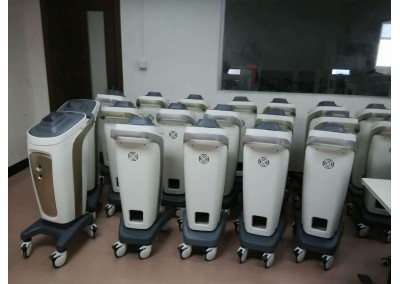Quick Link
Find Products
Contact us
Rison Prototype Co.,Ltd
-International Division
Tel: +86 180 3806 0406
Skype: rison.prototype
Mail: [email protected]
News
Home > News > What are the Advantages of Rapid Prototyping?
What are the Advantages of Rapid Prototyping?
There are a number of rapid prototyping advantages, such as being able to gain a more complete picture of how a product will look or perform in the early stage of the design and manufacturing cycle, allowing changes or improvements to be implemented earlier in the process. The time this takes can vary from a few days to a number of months, depending on the methods used.
Rapid Prototyping is a very cost effective way to prototype products as it is an automated process, requiring less staff to operate. This process is also extremely precise, being able to use computer aided design (CAD) to help reduce the amount of material wastage and does not require special tools for prototyping each new product. Being able to act quickly and solve ay problems also reduces the risk of costly errors during the manufacturing stage.
Rapid Prototyping helps designers present new concepts to board members, clients or investors so that they can understand and approve a development or product. This visualization can also allows designers to gain ready feedback from customers and clients based on an actual physical product rather than a concept.
Rapid Prototyping is a very cost effective way to prototype products as it is an automated process, requiring less staff to operate. This process is also extremely precise, being able to use computer aided design (CAD) to help reduce the amount of material wastage and does not require special tools for prototyping each new product. Being able to act quickly and solve ay problems also reduces the risk of costly errors during the manufacturing stage.
Rapid Prototyping helps designers present new concepts to board members, clients or investors so that they can understand and approve a development or product. This visualization can also allows designers to gain ready feedback from customers and clients based on an actual physical product rather than a concept.
As rapid prototyping is an iterative process it allows customer requirements to be incorporated into designs cost-effectively. The process cuts out the need for customized products to be designed from scratch while providing greater choice and flexibility for customers.




